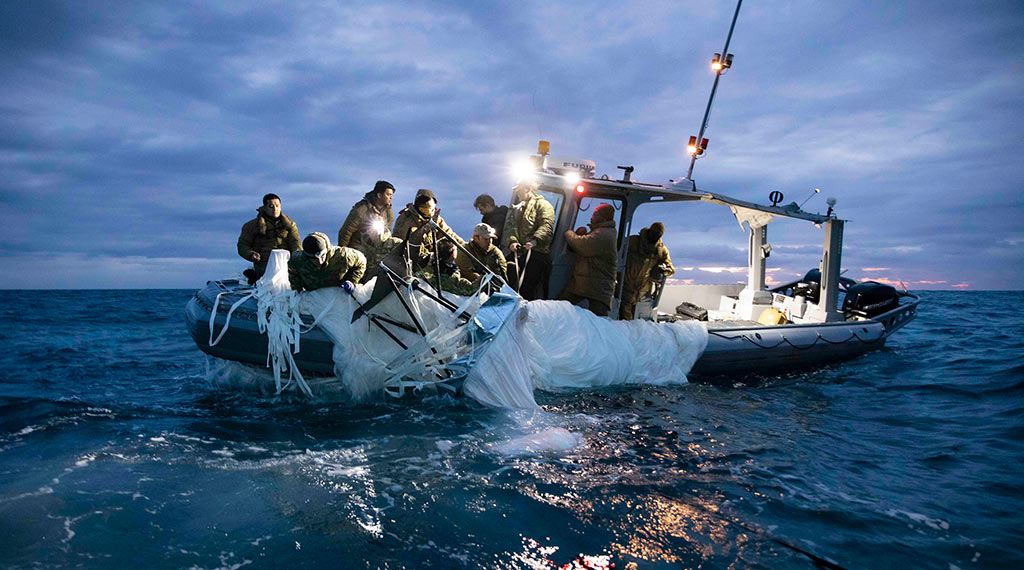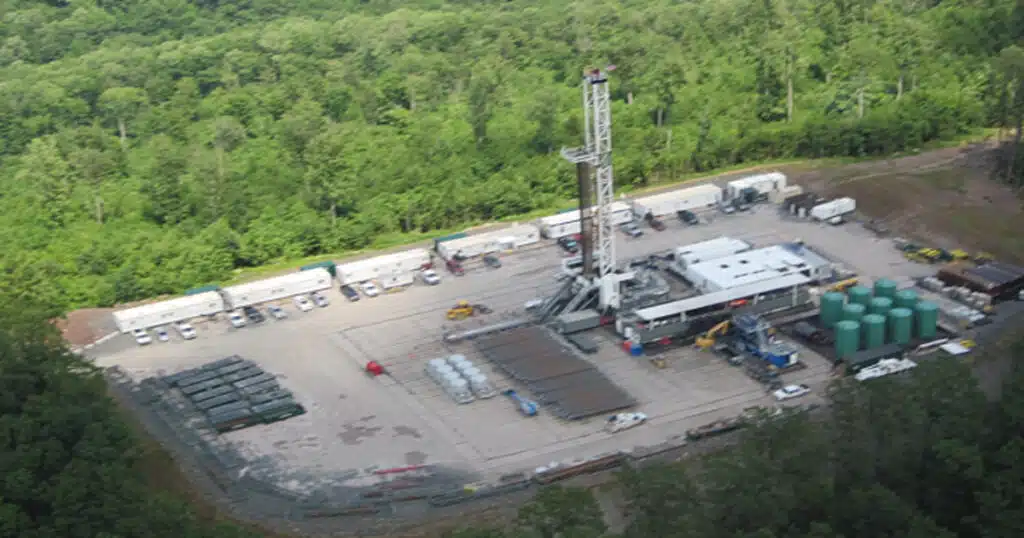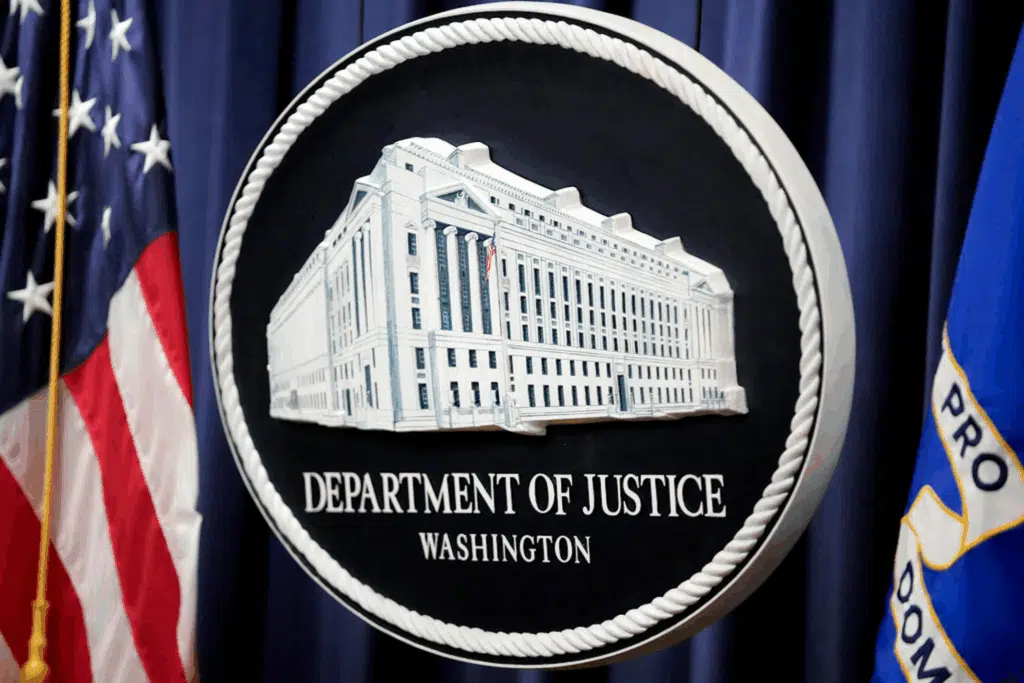
Report: What a failed response to the Chinese spy balloon should tell state leaders
The nation watched transfixed, as a Chinese balloon, described by the U.S. Department of Defense as a “surveillance” balloon, transited the entire span of the continental United States from January 28th to February 4th, when it was finally downed by U.S. military aircraft off the South Carolina coast.
The exact purpose of the balloon remains unclear.
The Chinese government claimed the balloon was for “civilian” purposes and associated with gathering weather related information but which flew off course. Yet the balloon’s path took it directly into proximity with nation’s most important military installations; those associated with strategic nuclear weapons and missile silos. Even if a mere “weather” balloon, China could still benefit from gathering detailed weather and meteorological data associated with those missile sites for use in precision targeting with their own ballistic missile systems.
Perhaps the most dangerous scenario would have been if the balloon were intended as a delivery platform for a nuclear electromagnetic pulse (EMP) attack. As the balloon transited U.S. airspace, it seemed to maintain an altitude of approximately 60,000 during most of its flight, but at times increased its altitude. At approximately 100,000 feet (or 30km) and higher a nuclear detonation produces an invisible pulse that is devastating to electronics and our nation’s electric grid. Experts have warned of the prospect of a “balloon EMP attack scenario” for several years and some have suggested that this was a “dry run“ for such an attack.
But the purpose of the balloon is just one factor in a larger, more concerning strategic question on the minds of the American public and state leaders alike which is: Why did the federal government let the balloon simply fly by before it took action?
Montana Governor Greg Giaforte complained that he was not informed of the balloon’s presence until it was “hundreds of miles” within the state’s borders and had already surveilled critical military infrastructure, and noted that ““If it was up to Montanans, this thing would have been taken out of the sky the moment it entered our sovereign airspace.” Missouri Governor Mike Parson took to Twitter to complain he’d received “zero communication” from federal officials about the balloon’s entry into his state.
In the face of growing criticism over the delayed response to the penetration of U.S. airspace, leaks from U.S. government sources later alleged that Chinese balloons had also penetrated U.S. airspace under the previous administration, as though this either explained or excused the delayed response.
The reality is that the saga of the Chinese surveillance balloon is merely one more in a string of threats and provocations emanating from the People’s Republic of China met with a weak or belated federal response.
As Governor Giaforte rightly noted, American citizens, of every state, look to their elected leaders to act against national security threats emanating from the People’s Republic of China.
Increasingly, the lack of federal resolve against a growing array of Chinese threats underscores the need for states to build up their own capabilities to respond. In this piece we will explore eight examples where the federal government has allowed aggressive Chinese government action to harm the safety and security of U.S. citizens across the nation. We’ll also look at some of the ways state leaders have stepped up to fill the “balloon-sized” holes in our national security this federal laxity on China has created.



